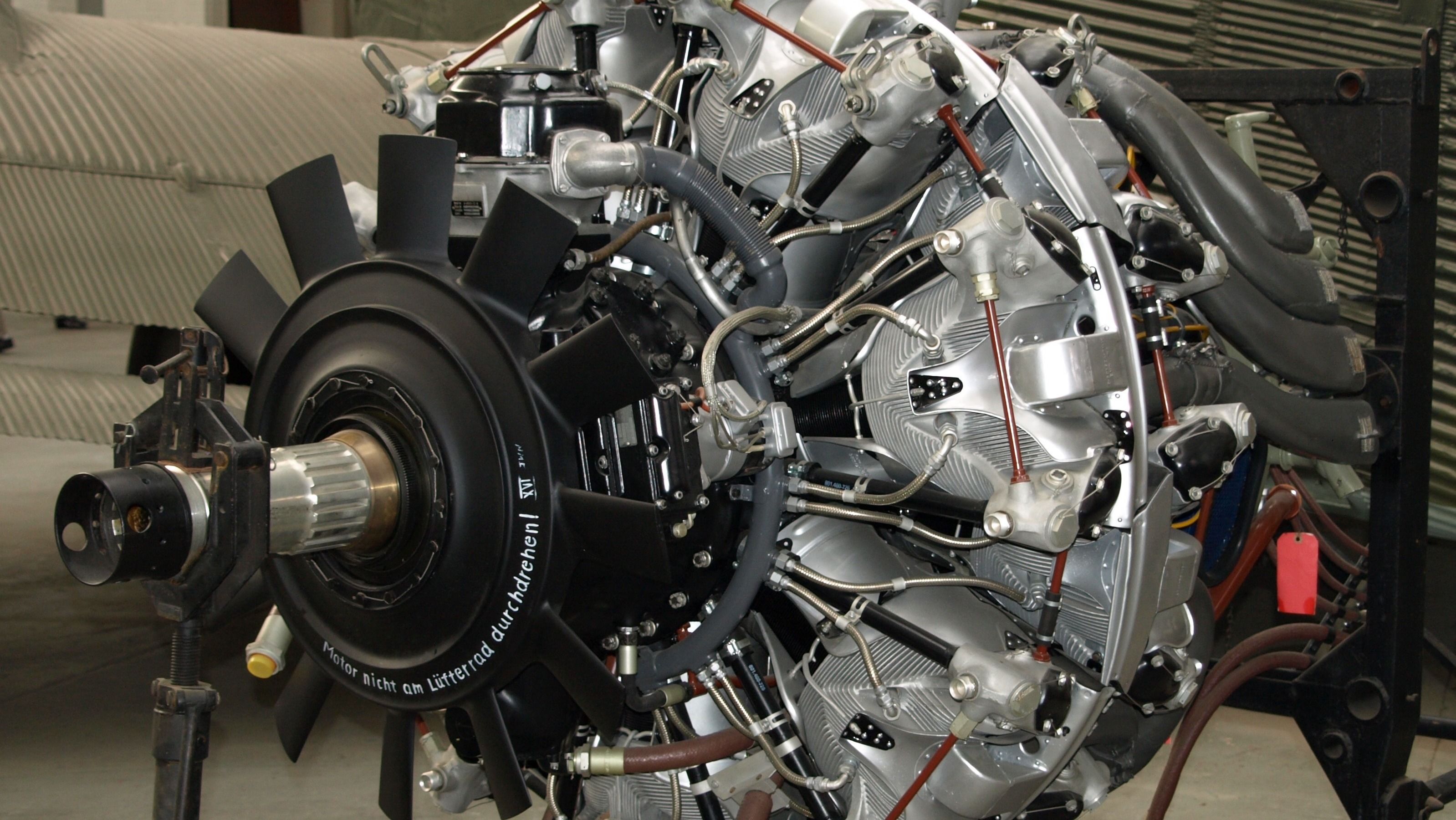Exploring the Evolution of Combustion Engines in Modern Transport Solutions
As we browse the landscape of modern transport, the advancement of burning engines stands as a testimony to human resourcefulness and engineering prowess. The interplay of history, innovation, and environmental concerns in forming the trajectory of burning engines creates a story that is both informative and compelling.
Very Early Beginnings of Combustion Engines
Just how did the idea of burning engines very first emerge in the onset of transport advancement? When the principles of inner combustion were initial checked out, the origins of combustion engines can be mapped back to the 17th century. In 1673, Christian Huygens conceptualized a standard interior burning engine that utilized gunpowder to create power. Nevertheless, it had not been until the late 19th century that sensible applications of combustion engines in transport began to arise.
The breakthrough minute featured the innovation of the very first effective gasoline-powered engine by Karl Benz in 1885 - bmw engine. This engine led the way for the growth of the modern vehicle, reinventing transport systems worldwide. Subsequent technologies by Nikolaus Otto and Gottlieb Daimler further fine-tuned burning engine modern technology, leading to the mass manufacturing of autos and the quick expansion of the transportation market
These very early combustion engines were defined by their simplicity and effectiveness, laying the foundation for the complicated and powerful engines utilized in contemporary transportation systems. The evolution of combustion engines has actually contributed fit the means we take a trip and move items, noting a considerable turning point in the history of transportation development.
Transition to Internal Burning Innovation
The transition to inner burning modern technology noted a critical shift in the advancement of transport systems. This change began in the late 19th century, with inventors like Nikolaus Otto and Gottlieb Daimler developing the initial successful internal burning engines. These engines reinvented transportation by offering an extra effective and powerful option to steam engines and electrical motors.
One of the key benefits of interior burning engines was their capability to be scaled down to suit automobiles, resulting in the growth of bikes and cars. This shift from large, stationary engines to portable, mobile ones paved the way for the modern transportation systems we see today.
The transition to inner burning innovation likewise stimulated improvements in gas technology, bring about the growth of gasoline and diesel as primary fuel sources for lorries. This change not only made transportation much more obtainable to the masses however also laid the structure for the oil and gas market to become indispensable to international economic climates.
Influence of Combustion Engines on Transportation
The fostering of burning engines in transportation systems militarized a profound change in the efficiency and rate of global movement. Combustion engines changed transportation by providing a trustworthy and versatile resource of power for numerous lorries, consisting of autos, trucks, airplanes, and ships. This advancement significantly enhanced the capability for people and items to relocate over fars away in much shorter period, leading to enhanced connectivity between regions and nations.
Additionally, the extensive use burning engines has had a significant effect on economic advancement. The capability to deliver products effectively has spurred trade and commerce, permitting businesses to increase their markets and get to customers worldwide. This has helped with economic growth and globalization, as items can currently be delivered quicker and in larger quantities than ever.
Nonetheless, the ecological effect of combustion engines can not be overlooked. The combustion of fossil gas has actually resulted in air pollution and greenhouse gas emissions, adding to environment modification and positioning health threats to populaces. bmw engine. Consequently, there is an expanding focus on establishing alternative propulsion modern technologies to alleviate these unfavorable effects and develop a much more lasting future for transport
Developments in Burning Engine Style
Various advancements in burning engine design have actually pushed the evolution of transport systems over the decades. One remarkable advancement is the development of turbocharged engines, which make use of exhaust gases to drive a wind turbine that presses incoming air, permitting even more gas to be scorched, leading to enhanced power result without a considerable increase in engine size. Furthermore, direct shot technology has actually improved gas performance and performance by specifically controlling the quantity and timing of gas injected right into the burning chamber. Variable valve timing systems have actually additionally transformed engine layout by optimizing air flow at various engine speeds, improving both power and performance. Another considerable advancement is the combination of light-weight products such as carbon fiber and aluminum alloys, decreasing total engine weight and boosting car fuel economic situation. Advancements in computer-aided style have allowed designers to maximize engine efficiency and performance through simulations before physical prototypes are built, saving time and resources in the advancement process. These advancements jointly add to the constant renovation of burning engines in modern-day transport systems.
Future Fads in Burning Engine Advancement
With modern technology advancements driving continual advancement, the future of combustion engine advancement is positioned to reinvent transport systems around the world. One of the essential fads in combustion engine growth is the push in the direction of greater effectiveness and decreased exhausts.
One more prominent pattern is the fostering of hybrid innovations in combustion engines. Crossbreed engines combine standard burning technology with electric power, supplying improved fuel performance and lower discharges. As the vehicle industry shifts in the direction of electrification, crossbreed combustion engines are seen as a transitional solution that connects the void in between standard vehicles and completely electric ones.
Additionally, the integration of clever technologies, such as expert system and data analytics, is anticipated to play a significant duty Clicking Here in the future of burning engine growth. These technologies can optimize engine performance in real-time, leading to much more effective combustion processes and improved general car performance. Accepting these future trends will not only drive innovation in combustion engine development but additionally add to an extra lasting and eco pleasant transportation ecosystem.

Conclusion
In conclusion, the development of combustion engines in contemporary transportation systems has actually been marked by considerable improvements in modern technology and layout. From the very early starts of burning engines to the shift to interior burning innovation, these engines have actually had an extensive influence on transportation. Developments in combustion engine browse around this web-site design continue to drive progress in this field, with future fads concentrating on more boosting effectiveness and decreasing discharges. The future of combustion engines in transportation looks promising as r & d efforts continue to press borders.
The origins of combustion engines can be mapped back to the 17th century when the concepts of internal burning were very first explored. These engines revolutionized transport by providing a more effective and effective alternative to vapor engines and electric motors.

 Charlie Korsmo Then & Now!
Charlie Korsmo Then & Now! Christina Ricci Then & Now!
Christina Ricci Then & Now! Tina Majorino Then & Now!
Tina Majorino Then & Now! Tonya Harding Then & Now!
Tonya Harding Then & Now! Sarah Michelle Gellar Then & Now!
Sarah Michelle Gellar Then & Now!